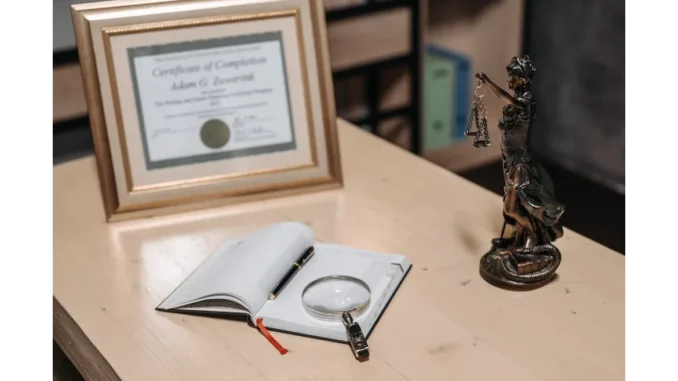
In the realm of construction and building management, one of the pivotal tasks is ensuring that a project meets all regulatory requirements. I recently had the opportunity to sit down with Emily Turner, a seasoned building compliance officer, who shared her insights on the process of preparing a building assessment certificate application. As one might expect, the journey is filled with meticulous steps and critical attention to detail.
Focus360 Energy: property compliance services – pre-planning to post-construction. Learn more.
The Initial Steps
Our conversation began with Emily outlining the initial steps of the application process. “The first thing we do,” she explained, “is to gather all necessary documentation. This includes architectural drawings, structural reports, and any modifications made during the construction.” Emily stressed the importance of having up-to-date and accurate documents. “Even a small discrepancy can delay the entire process.”
The GOV.UK website provides a comprehensive guide on this, which Emily finds invaluable. “The guidance on building completion certificates is quite thorough. It lays out everything you need to know in a step-by-step format, which is really helpful, especially for those who are new to the process.”
Detailed Inspections
One of the critical components of the building assessment is the inspection phase. Emily elaborated on this with a sense of precision that only comes with years of experience. “We conduct multiple inspections at various stages of the build. These include checking the foundation, structural integrity, electrical systems, and fire safety measures.”
She emphasised that each inspection must be meticulously documented. “We use BS EN ISO standards to ensure that our inspections meet international quality benchmarks. This not only helps in maintaining a high standard but also ensures that the building is safe for occupation.”
Common Pitfalls
While discussing the process, Emily highlighted some common pitfalls that applicants often encounter. “One of the most frequent issues is incomplete documentation. People often overlook the importance of having every detail accounted for. Missing out on even a minor element can result in significant delays.”
Another common mistake is not adhering to the prescribed standards. “The BS EN ISO standards are there for a reason. They ensure that the building is not just up to code but also safe and sustainable in the long run. Skipping these can lead to severe repercussions.”
The Role of Technology
Emily also touched upon the role of technology in streamlining the application process. “There are several software tools available now that can help in managing the documentation and inspection reports. These tools can significantly reduce the time taken to compile and submit an application.”
She noted, however, that technology is only as good as the information fed into it. “Accuracy is key. Even the best software can’t rectify incorrect or incomplete data. So, while technology can aid the process, the onus is still on the applicants to ensure that their documentation is accurate and comprehensive.”
Final Submission
The final submission of the application is a critical phase, and Emily had some valuable advice on this. “Double-check everything. Ensure that all documents are in order, all inspections are documented, and all standards are met. Once the application is submitted, it goes through a review process, and any discrepancies can lead to delays.”
She also mentioned the importance of communication. “Keep in touch with the reviewing authority. If they need additional information or clarification, be prompt in your responses. This can significantly expedite the approval process.”
Emily’s Tips for a Smooth Application Process
Towards the end of our conversation, Emily shared some tips for those embarking on this journey:
-
Start Early: “The earlier you start preparing your documents, the better. This gives you ample time to address any issues that may arise.”
-
Stay Organised: “Keep all your documents in a systematic manner. This makes it easier to retrieve and review them when needed.”
-
Follow the Guidelines: “Adhere to the guidelines provided by GOV.UK. They are there to help you navigate the process efficiently.”
-
Use Technology Wisely: “Leverage technology to manage your documentation and inspections, but ensure that the data you input is accurate.”
-
Communicate: “Maintain open lines of communication with the reviewing authority. This can help in resolving any issues promptly.”
Conclusion
Preparing a building assessment certificate application is undoubtedly a complex task, but with the right approach and attention to detail, it can be managed efficiently. Emily Turner’s insights provide a valuable roadmap for anyone looking to navigate this process. Her experience and expertise offer a reassuring reminder that, with thorough preparation and adherence to standards, the journey can be smooth and successful.
Lewis Davis


Be the first to comment